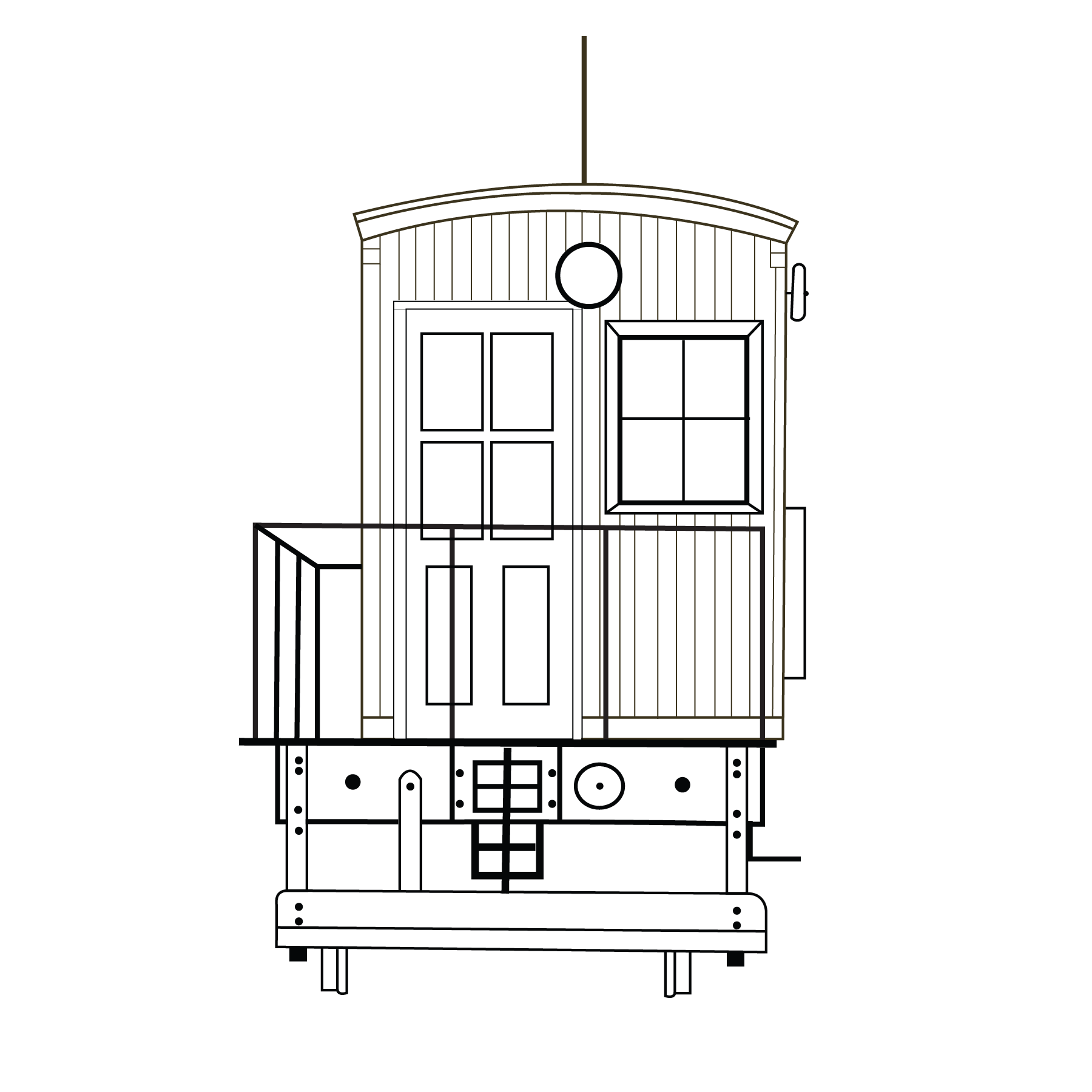Indiana Interurban and Streetcar Collection
Indiana Interurbans, Streetcars, Electric locomotives & Mule Cars
The six electric currents between yesteryear and today.
Get to know the Hoosier Heartland Trolley Co. time machines to 19th and 20th Century Indiana - a time prior to the reign of the automobile where comfort, speed and a cup of coffee with the daily newspaper was a way of life.
So, what's the difference between an interurban, mule car, electric locomotive and a streetcar? What are they?
An interurban was designed with comfort in mind for high-speed, long-distance travel between cities as well as the occasional movement of perishable goods, like flowers or milk, from farm-to-city.
A streetcar was designed to move people short distances intra-city from one point to another at lower speeds. One would typically take the streetcar to go shopping, go to work downtown, or visit a friend across town.
A mule car was designed as the first mode of public rail transit within cities during the 1830s. Arriving to Indianapolis in 1864, the mule car, or horse car, was the first streetcar type that allowed citizens to go shopping, get to work, or visit friends and family.
An electric locomotive was designed for industrial and passenger railway operations in the steam locomotive era where steam was not desirable nor practical. Electric locomotives were first commercially produced in the United States during the 1890s.






